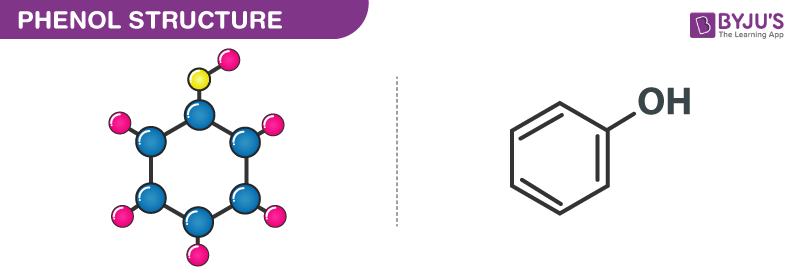According to the CBSE Syllabus 2023-24, this chapter has been renumbered as Chapter 7.
Ethers are classified based on the group attached to an oxygen atom. Phenols and alcohols are categorized based on two factors:
- Number of hydroxyl groups present
- Based on the hybridization of the carbon atom to which the -OH group is attached
CBSE Class 12 Chemistry Chapter 11 Alcohols, Phenols and Ethers – Related Links
- Substitution Reaction
- Classification Of Alcohol, Phenol and Ether
- Types of Alcohols
- Phenols: Introduction and Nomenclature
- Phenol – C6H6O
Alcohols can be prepared by the process of hydration of alkenes or from carbonyl compounds.
- Hydration of alkenes – When preparing in this method, it is either in the presence of an acid or by a hydroboration-oxidation reaction.
- Carbonyl compounds – When preparing in this method, it is carried out by catalytic reduction as well as the action of Grignard reagents.
Students can refer to the short notes and MCQ questions along with separate solution pdf of this chapter for quick revision from the links below:
- Alcohols, Phenols and Ethers Study Notes
- Alcohols, Phenols and Ethers MCQ Practice Questions
- Alcohols, Phenols and Ethers MCQ Practice Solutions
Preparation Of Phenols
Alcohols can be prepared by substitution reaction or by hydrolyzing diazonium salts or from cumene.
- Substitution reaction – It can be prepared by two processes viz sulphonic acid group in aryl sulphonic acids, by –OH group and halogen atom in haloarenes.

Ethers can be prepared by either dehydration of alcohols or Williamson synthesis. Hydrogen halides can cleave the C-O bond in ethers. Both alcohols, as well as phenols are acidic in nature.
For more information on the Dehydration of Alcohol, watch the below video

Few Important Questions
- IUPAC names for compounds are given below. Write their structure
- Cyclopent-3-en-1-ol
- 2-Ethoxy-3-methylpentane
- 2-Methylbutan-2-ol
- 4-Chloro-3-ethylbutan-1-ol
- The boiling point of propanol is higher than hydrocarbon, butane. Explain.
- Show the synthesis of cyclohexylmethanol by using an alkyl halide in an SN2 reaction.
- Explain Kolbe’s reaction with an example.
- Which is more acidic, ortho nitrophenol and ortho methoxyphenol? Why?
- Ethanol has a higher boiling point when compared to methoxymethane. Explain.
- What will be the equation for the reactions given below?
- Nitration of anisole
- Friedel-Craft’s acetylation of anisole
To discover more about this chapter and for Alcohols Phenols And Ethers Class 12 Important Questions, register with BYJU’s!
Other Important Links:
| Phenol Electrophilic Substitution | Ether Preparation |
Frequently Asked Questions on CBSE Class 12 Chemistry Notes Chapter 11 Alcohols, Phenols and Ethers
What are the uses of alcohol?
1. Alcoholic Drinks/drugs2. Industrial methylated spirits.3. Use of ethanol as a fuel. 4. Ethanol as a solvent. 5. Methanol as a fuel.
What are the properties of Haloalkanes?
1. Colourless/odourless 2. Hydrophobic 3. Reactive in nature 4. Undergo substitution, elimination and reduction reactions
What is tertiary alcohol?
A tertiary alcohol is a compound in which a hydroxy group, ‒ OH, is attached to a saturated carbon atom which has three other carbon atoms attached to it.
Comments